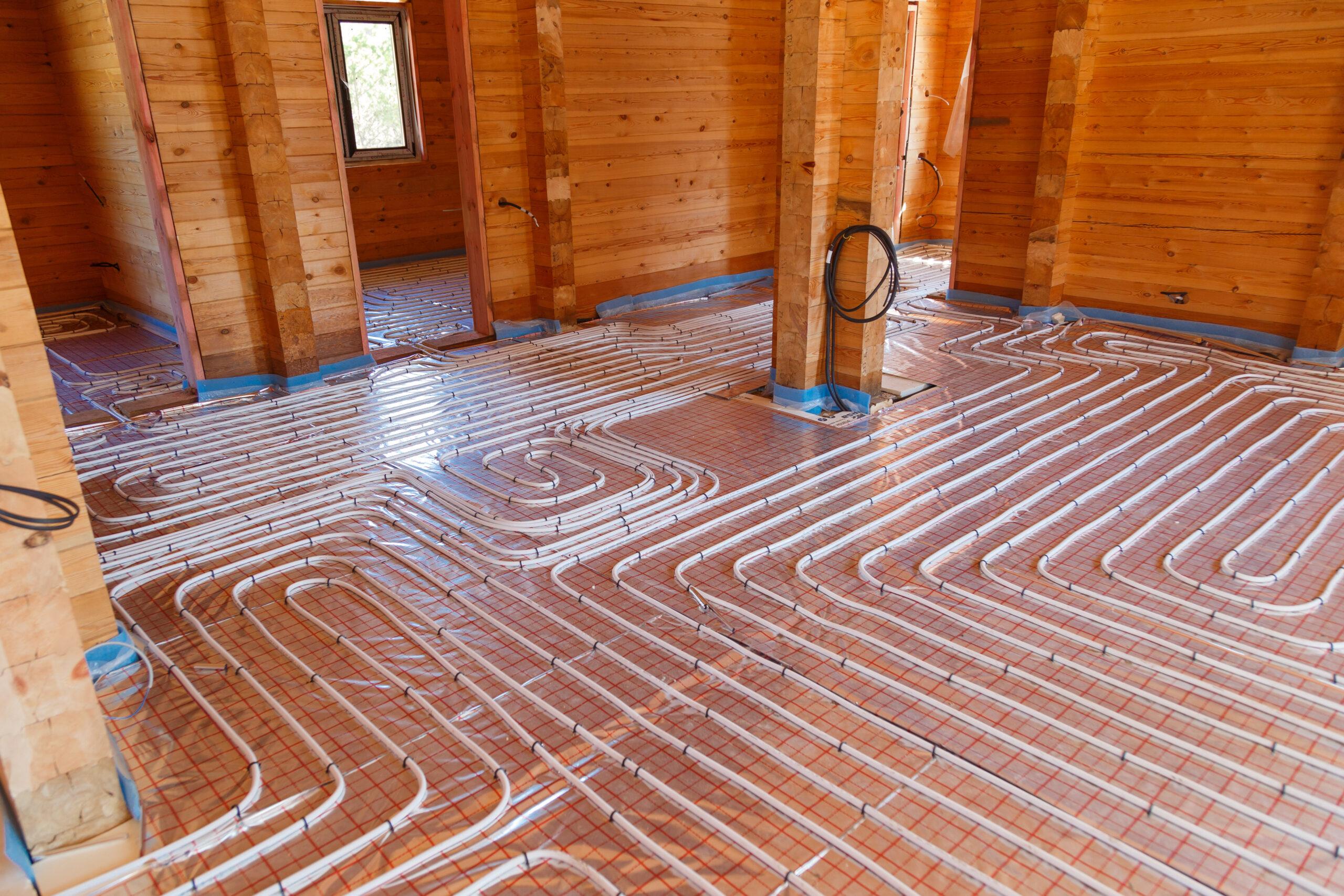

As a result, you have to heat your entire home to one temperature, or, if you have a dual-floor system, you have to heat an entire level. Forced hot air systems create breezes in your home all the time.įinally, it is difficult to create zones with a forced hot air system. You might feel comfortable in a short-sleeved shirt until a breeze blows. Think about being outside in the sun on a cool day.

All this air movement also has the paradoxical effect of cooling you. This means you’ll turn your thermostat up higher to get the heat to reach the portion of the room in which you actually live. The result is stratification-a situation where the top of your room is warm (sometimes as much as 10 degrees warmer) and the center and bottom part of your room is cooler. The warm air released by forced-air systems either pumps out through grates in the ceiling, where it tends to stay, or it shoots out of vents in the floor and flies quickly up to the ceiling. Also, the ducts for this type of system often travel through cold attics or basements, increasing the chance that heat will be lost as the warm air travels to the rooms in your home.

Electric radiant floor heating vs forced air series#
Because the air from the furnace and air handler has to travel through a series of tubes to get to its intended room, there are many opportunities for it to leak wherever there are small openings in the ducts. The room warms quickly, but then cools equally fast, forming a yo-yo heating pattern that can prompt you to constantly adjust your thermostat, causing your furnace to turn on and off, wasting energy.įorced hot air systems are also subject to something known as parasitic heat loss. Anyone who’s ever lived with a forced hot air system is familiar with the challenges of this type of heat, which is akin to warming your home with a series of hot-air hand dryers mounted in the ceiling or floor.


 0 kommentar(er)
0 kommentar(er)
